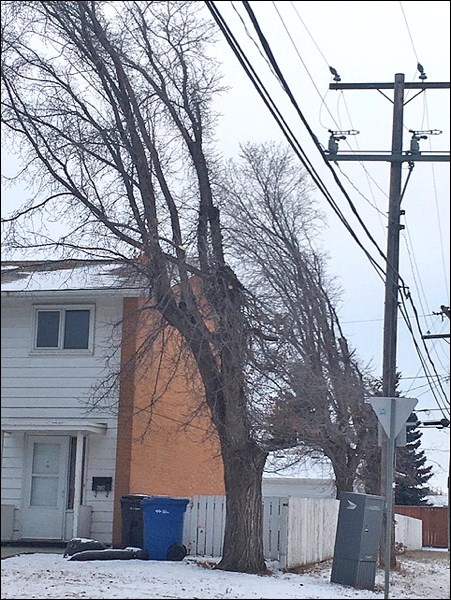The Problem
Tree planters through the ages, whether they are commercial landscapers, urban foresters, or homeowners, have and continue to plant trees where eventually they will be in conflict and or contact with overhead utility lines. This is a potentially dangerous situation that requires the utility provider to intervene and prune or remove the trees away from the power lines to ensure public safety, and minimize the chance of power disruption caused by trees or tree parts falling on distribution lines.
The best way to maximize the benefits of trees in the landscape is to plant them where they will not out grow their space and cause problems for the utilities and other infrastructure around them. Trees are one of the leading causes of power disruption.
Proper tree pruning, as far as how and where to make a pruning cut on a tree, is the same whether you are pruning for tree health/aesthetics or for utility purposes however the reasons are different and the end goals are different by necessity.
Utility pruning operations should be using accepted pruning cut standards and remove only the branches that are necessary to accommodate the safe operation of the utility. If a utility company makes excessive line clearance and does not use accepted standards of pruning, it not only costs them more, but it may cause injury to the tree and will cause for poor public relations.
I recently came across the pictured trees in the city of North Battleford.
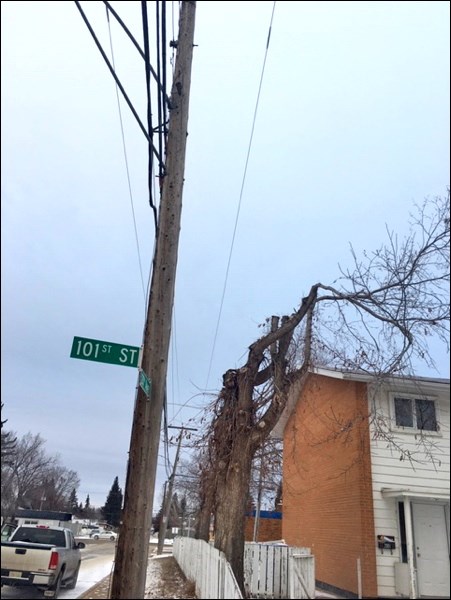
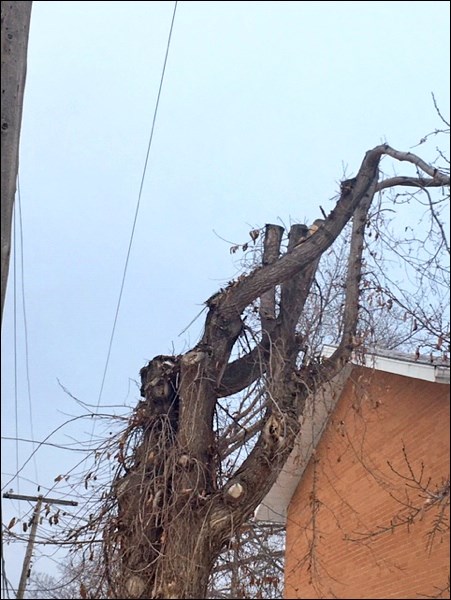
These trees have been in conflict with this power line since the 1990s. They have had repeated work done to them from the utility company or their contractor for several years. So, what are the problems here?
Was excessive line clearing conducted? That would be a matter of opinion. Mine is yes, excessive clearing was done. The trees are unsightly and judging by the type of unnatural response growth from past work, an excessive number of branches were removed.
Are the pruning cuts and locations up to the industry standard? That would be a matter of tree biology and science. No, most of these cuts fall below the acceptable industry standard.
Did the work cause for poor public relations. Yes. Some for sure.
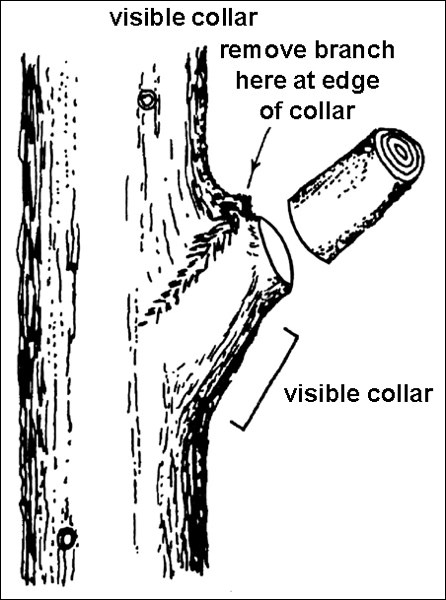
The Real Problem
But, the real problem here is the planting of the wrong type of tree in the wrong place. This problem is as old as the day the trees were planted.
These are American elm, that, under ideal growing conditions, will reach a height of 20 metres on the prairies. The first line on the power pole is installed at a height of around 8 metres. This was a totally avoidable utility line/tree conflict.
The Solutions
Right Tree Right Place – Every tree has a genetic map and therefore a predictable tree height at maturity. They do not grow indefinitely to unpredictable heights. Every tree species has a known mature height and spread.
The solution for the trees pictured above, unfortunately, is total removal. Total removal eliminates the perennial conflict with the utility, eliminates the unsightly, unnatural trees due to repeated pruning and puts an end to any of the poor public relations that the disfigurement has caused. These trees are, for the most part, on private property and the utility company will require owner permission to remove the trees. That isn’t always easy for them to get. I sincerely hope they get permission to go ahead with removal.
The following diagram is from the Best Management Practices – Utility Pruning of Trees and makes recommendations as to heights and location of trees to avoid conflicts with overhead utilities. SaskPower will have a similar recommendation.
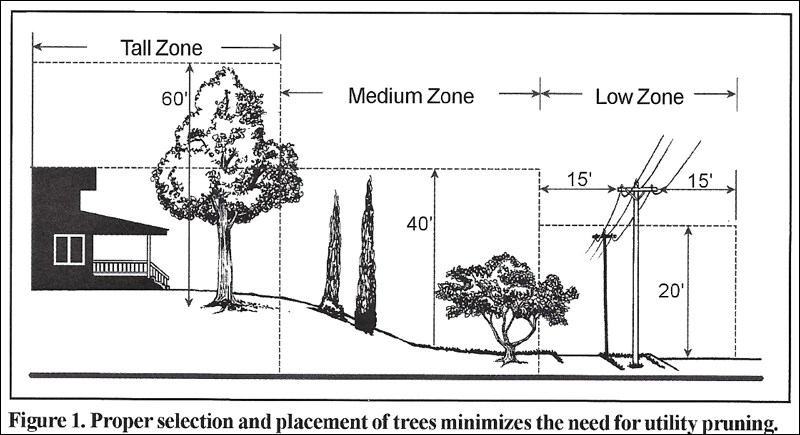
Yep, “Right tree, right place” is the key. A little research goes a long way.
Keith Anderson is the executive director of the International Society of Arboriculture – Prairie Chapter
